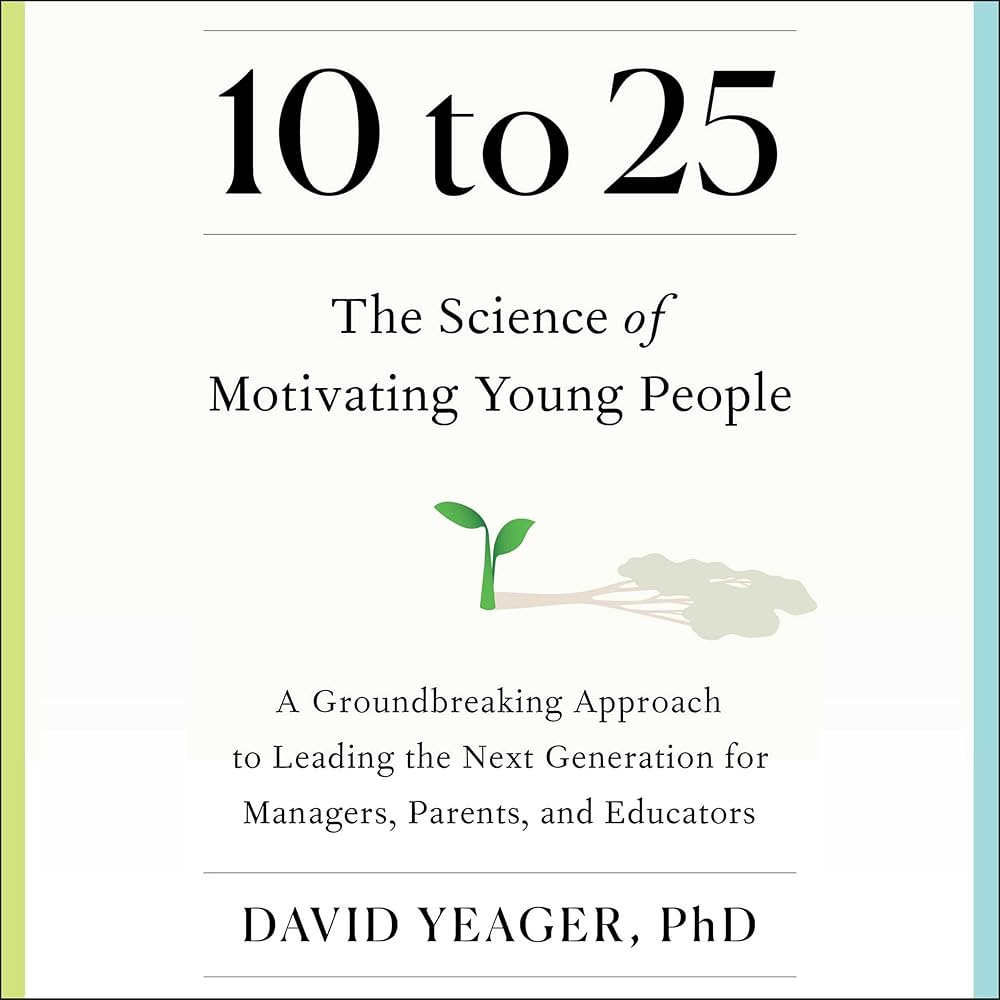We’ve got lots of strong research suggesting that drawing can improve memory for specific words.
And
We’ve got LOTS of strong research showing that retrieval practice enhances learning.
So
Simple logic suggests that combining drawing with retrieval practice will super-duper strengthen memory.
To capture this specific suggestion, let’s propose a general equation:
- [Research-supported technique A] + [research-supported technique B] = even MORE benefit
That equation just sounds like common sense. Of course, in the world of science, we always have to stop and check our common-sense assumptions. (It just makes sense to believe that the earth is flat. But because we stopped to check that assumption, we now know it to be untrue — knowledge that has proven HIGHLY useful.)

I’ve found a study that explores the specific question raised above: “do students learn more when they combine drawing with retrieval practice?”
Of course, it also invites us to consider that general equation: [technique A] + [technique B] = MORE benefit.
Let’s dig in.
Drawing Biology; Drawing Conclusions
The researchers here wanted to know if students who combined drawing with retrieval practice learned more than those who simply drew. To do so, they had some students [retrieve + draw], while others [drew without retrieval].
Specifically: 8th and 9th grade students in Germany read a 670 word passage for biology class. This five-paragraph passage discussed the human immune response to the flu.
The [retrieve + draw] students followed a multi-step procedure. (If you want to skim these details, that’s ok. I’ve skipped a few steps to keep things simple.)
- They read the five-paragraph passage.
- After each paragraph, they drew a picture to capture the key ideas that they just read. Note: they could NOT look back at the paragraph while they did so. In other words: they had to retrieve the important ideas as they drew.
- Once they had completed the full passage and generated five drawings, they then looked at the passage while they revised and corrected those earlier drawings.
The [draw without retrieval] group did all that, but they could always see the passages while they drew. So: lots of drawing, but no retrieving.
To measure the potential benefits of [retrieving + drawing], the researchers measured three outcomes:
- How well did students remember the information — as measured by a written quiz?
- How well did students remember the information — as measured by drawings?
- Did the students understand other ideas — for instance, HIV infection — better based on learning these related concepts?
The research team asked these questions TWICE: both 2 weeks later and 8 weeks later. This point merits attention, because research only rarely looks for results so long after an experiment. Because we have data gathered two months after the students combined [retrieving + drawing], we can have a plausible basis to start talking about “learning.”
So: how much better did the [retrieve + draw] group do than the [draw only] group?
When a Bust is Not a Bust
We can summarize the findings in three words:
- “Nope,”
- “Nope,” and
- “Nope.”
That is:
- [Retrieving + drawing] didn’t improve scores on a written quiz after 2 weeks. Or 8 weeks.
- It didn’t improve scores on drawings.
- And, it didn’t improve scores on learning related new information.
These results might feel like a bust. The researchers did ALL THAT WORK, and they found nothing. But I think this “what a bust” response misses several key points.
First: the researchers DID find something. They found that combining [retrieving + drawing] DIDN’T produce extra learning. That information gives us useful guidance — because it tells us not to devote our scarce resources to this extra work.
Second: These results help us rethink our general equation: “[research-supported technique A] + [research-supported technique B] = even MORE benefit.”
While that equation initially sounded like common sense, we can see that it’s not necessarily true. (Just as: it’s common sense to think that the earth is flat, but…)
As we enter the world of research-based teaching advice, we should be careful how far we extrapolate research findings.
Intriguing Possibilities
This research suggests that [reading followed immediately by drawing] doesn’t improve learning.
BUT…
I myself don’t think that IMMEDIATE retrieval is, in fact, “retrieval practice.” As it’s typically understood, retrieval practice involves attempts to recall from long-term memory. But in this case, the information the students just read hasn’t gotten anywhere near long-term memory. It’s probably awash in some working-memory-ish zone.
So, drawing right after reading might not help learning. But
- Maybe [drawing the next day as retrieval practice] might help. Or,
- Maybe [reading] then [immediate generative drawing] then [retrieving the drawing the next day] might help. Or,
- Perhaps [an alternating schedule of drawing and retrieving], or…
In other words: I don’t think this study rules out the benefits of [drawing + retrieval practice]. I think it shows that IMMEDIATE drawing doesn’t produce the benefits of retrieval practice — because it isn’t retrieval practice. (By the way: I have checked with my friend Dr. Cindy Nebel — one of the Learning Scientists — to confirm my suspicion that immediate recall isn’t technically retrieval practice.)
In Sum
This study provides a specific “no”: drawing as retrieval practice doesn’t improve learning (if the drawing happens immediately after reading).
It also provides a broader “no”: we shouldn’t assume that two research-informed teaching strategies interact positively.
Finally, it offers an intriguing possibility: we might get the benefits of both drawing and retrieval practice if that retrieval practice happens after some time. We don’t know yet…but it’s a question worth asking.
After all: research-based teaching strategies don’t always enhance each other, but they might!
Kim, S., Abel, R., Leutner, D., Schmiemann, P., & Roelle, J. (2025). Can the effects of generative drawing on lasting learning be optimized through integration of retrieval practice?. Learning and Instruction, 98, 102143.





![Enjoyment or Skill? The Case of Reading [Repost]](https://www.learningandthebrain.com/blog/wp-content/uploads/2022/02/Confused-stress-student.jpg)



![The Best Way to Teach: When Clarity Leads to Muddle [Repost]](https://www.learningandthebrain.com/blog/wp-content/uploads/2024/11/AdobeStock_835635494-1024x683.jpeg)

![Executive Functions “Debunked”? [Reposted]](https://www.learningandthebrain.com/blog/wp-content/uploads/2024/12/AdobeStock_956207366-1024x574.jpeg)

![Do Fidget Spinners Help Children with ADHD? [Reposted]](https://www.learningandthebrain.com/blog/wp-content/uploads/2024/09/AdobeStock_151260968-1024x683.jpeg)

![Do Gestures Improve Learning? Baby Steps Toward a Conclusion [Reposted]](https://www.learningandthebrain.com/blog/wp-content/uploads/2024/10/AdobeStock_512120206-1024x326.jpeg)
